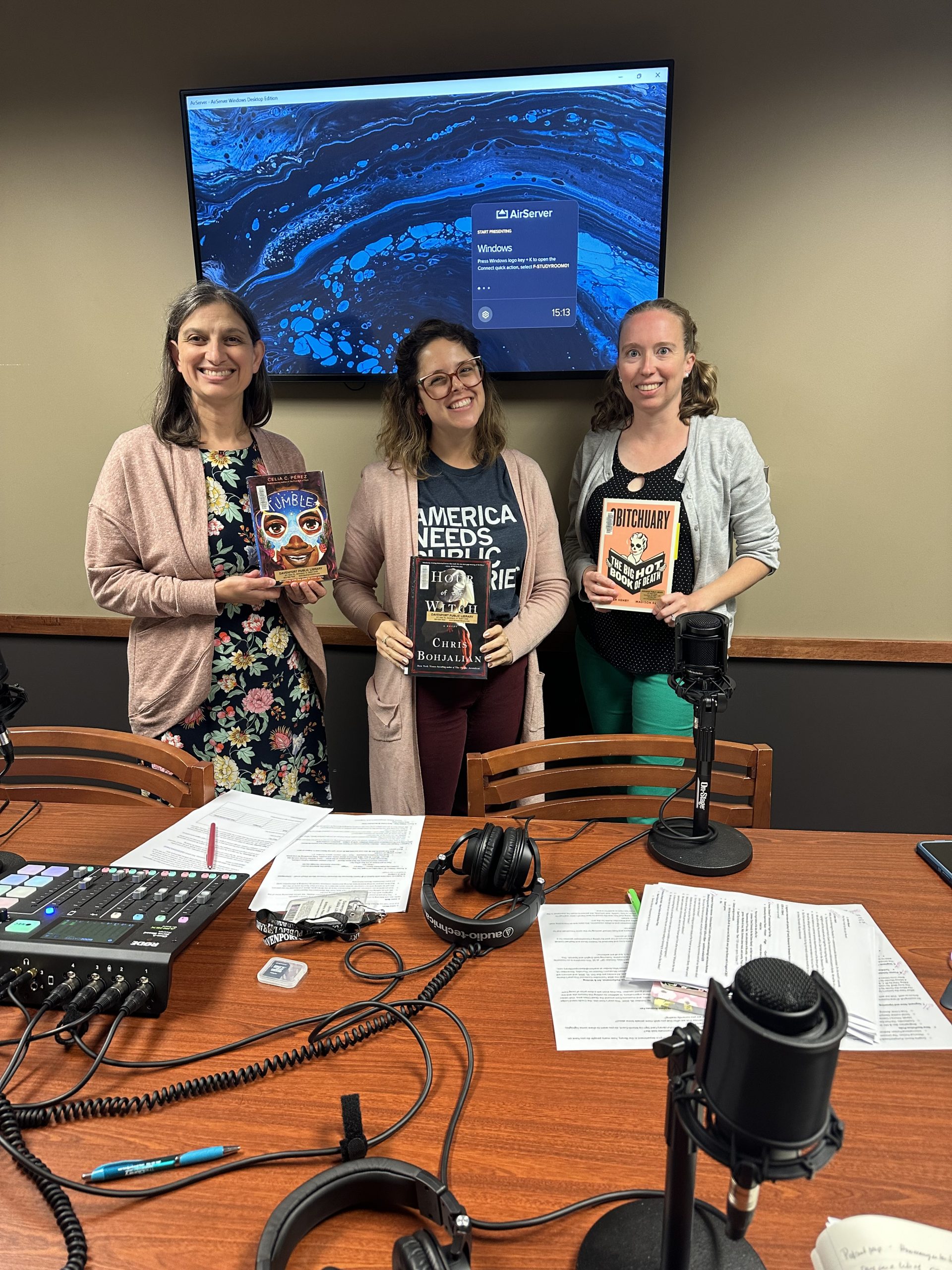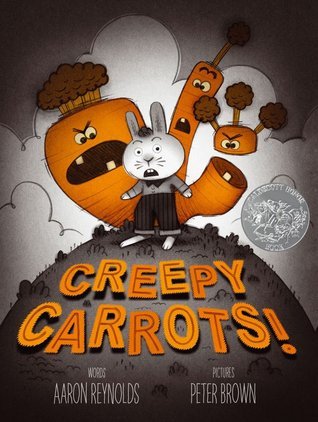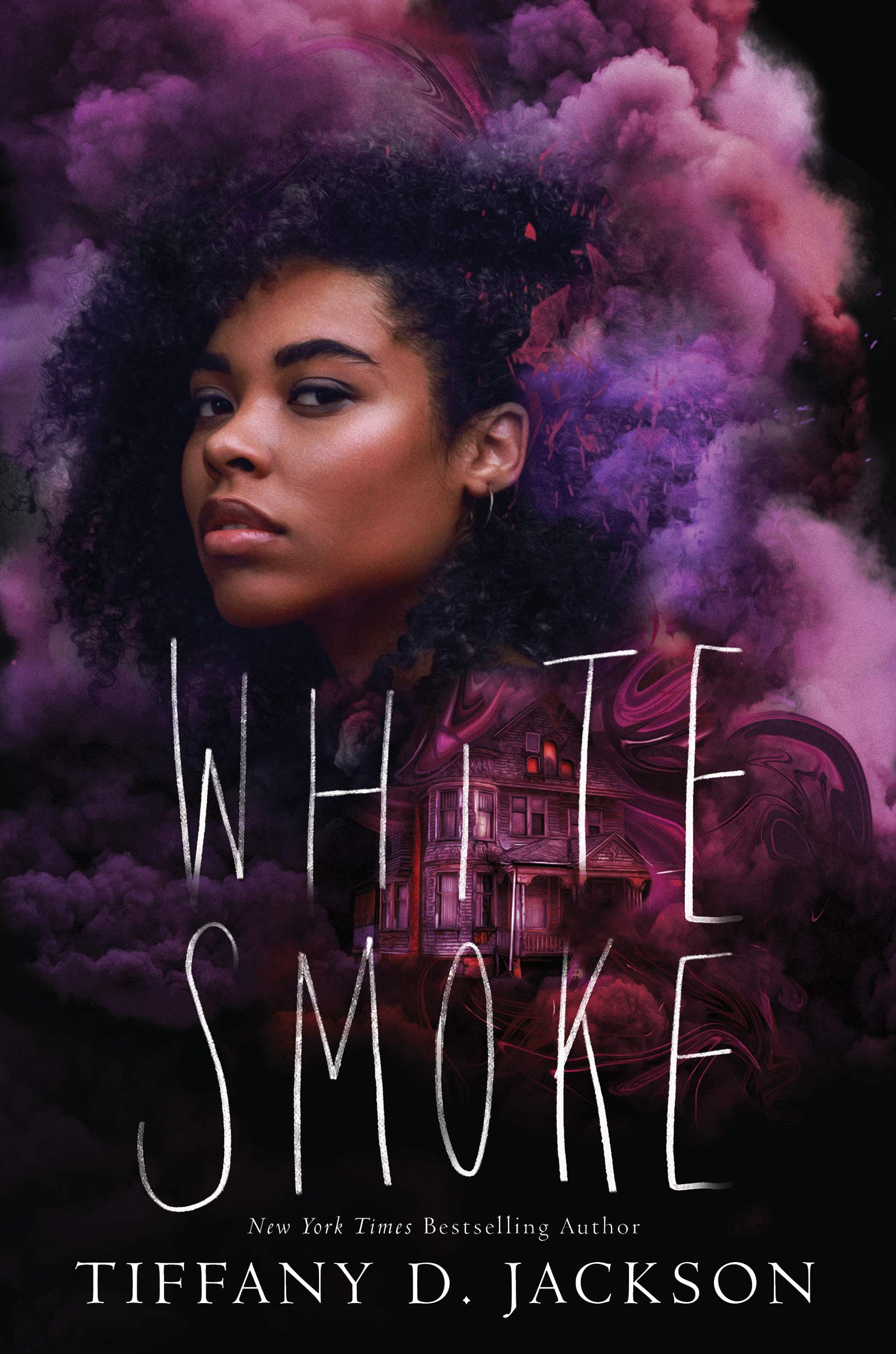Whether you’re an experienced gardener or a newbie gardener, the Davenport Public Library has books for you! We have many new gardening books that have hit the new shelves recently. Below are a few of our newest ones. These books are all owned by the Davenport Public Library at the time of this writing. Descriptions have been provided by the publishers.
 Container Gardening – The Permaculture Way: Sustainably Grow Vegetables and More in Your Small Space by Valery Tsimba
Container Gardening – The Permaculture Way: Sustainably Grow Vegetables and More in Your Small Space by Valery Tsimba
Anyone, anywhere can grow fresh, healthy produce, foster biodiversity, and reconnect with nature by using the permaculture approach—no matter your space or experience.
Permaculture—rooted in centuries-old techniques for growing food with care for the Earth—is the key to producing a bigger harvest than you ever thought possible on your balcony, patio, driveway, deck, and anywhere in between!
With sustainability as her guiding principle, Valéry Tsimba enthusiastically instructs home gardeners of all skill levels and backgrounds in her proven container gardening methods, from start to finish.
Containers make gardening more accessible for everyone. Whether you live in an apartment, have a disability or chronic illness, have never gardened before, or are an experienced gardener new to permaculture, Container Gardening—The Permaculture Way brings sustainable gardening within reach. – The Experiment Publishing
 Shade Garden: Essential Know-How and Expert Advice for Gardening Success by Zia Allaway
Shade Garden: Essential Know-How and Expert Advice for Gardening Success by Zia Allaway
Discover how to assess, grow, and maintain a shady garden.
Ideal for first-time gardeners, Grow Shade Garden contains everything you need to create a flourishing garden full of color, texture, and scent in a shady space. Learn how to grow and care for various shade-loving plants with tips on selecting the right site and varieties. Once you understand different types of shade and have assessed your space, select the best plants for your garden with the help of handy directories that profile different shrubs, perennials, bulbs, and trees and provide key growing information. Projects on tree planting, container displays, and creating a fernery also get you started on planting techniques and ideas to make the most of a shaded space.
Whether you are an avid gardener or want to create an easy-to-maintain garden, this book can guide you and answer important questions like how plants react to shade. And How do I check my soil and climate? – DK
 How to Grow Flowers in Small Spaces: An Illustrated Guide to Planning, Planting, and Caring for Your Small Space Flower Garden by Stephanie Walker
How to Grow Flowers in Small Spaces: An Illustrated Guide to Planning, Planting, and Caring for Your Small Space Flower Garden by Stephanie Walker
Take your gardening to the next level…with flowers! After learning how to manage their houseplants and grow their own food, this highly stylized, fully illustrated, modern guidebook teaches reluctant green thumbs to brighten up their gardens with flowers.
Did you know that begonias can be dug up in the fall, stored indoors in the winter, and be ready to be planted and bloom again in the spring? That daylilies need to be divided every three to four years to produce more blooms? Or that marigolds can be both a beautiful and helpful addition to a vegetable garden as a natural deterrent to common garden pests?
Whether you’re a first-time gardener or an experienced green thumb looking to learn more about flowers, this book is your must-have guide!
No more trips to the florist—with How to Grow Flowers in Small Spaces, your home and garden will be bursting with color to keep you healthier and happier than ever. From peonies and marigolds to snapdragons and foxgloves, grab your gloves and get to gardening! – Adams Media
 The Container Garden Recipe Book: 57 Designs for Pots, Window Boxes, Hanging Baskets, and More by Lana Williams
The Container Garden Recipe Book: 57 Designs for Pots, Window Boxes, Hanging Baskets, and More by Lana Williams
Over 50 step-by-step recipes for stunning outdoor planters of all shapes and sizes, in Artisan’s bestselling flower recipe book format.
We’re taking the Recipe Book series outside! In the Container Garden Recipe Book, Lana Williams of the Oakland-based Tender Gardener offers readers dozens of step-by-step recipes for lush outdoor planters, from classic terra-cotta pots to window boxes, urns, bowls, and more. There are recipes specifically designed to adorn your porch or patio (a rustic birdcage-cum-hanging basket, a stately Japanese maple planted in a painted terra-cotta urn) and others that are perfect for backyard entertaining (an elegant tabletop trough of succulents, a concrete water garden that’s sure to be a conversation starter). And with Lana as their guide, readers’ yards will never be bare thanks to creative designs for all seasons, from urns bursting with spring bulbs to a summer trough brimming with fresh herbs and an heirloom pumpkin converted into the perfect home for fall blooms.
And recreating these stunning designs couldn’t be simpler! Each recipe includes a detailed ingredients list and step-by-step instructions, along with hundreds of photos showing where and how to place each plant. Also included is foundational information on planting techniques, care instructions, choosing the right container, as well as plant spotlights highlighting foolproof options for all climates and seasons, from spring bulbs to evergreens. – Artisan
 The Propagation Handbook: A Guide to Propagating Houseplants by Hilton Carter
The Propagation Handbook: A Guide to Propagating Houseplants by Hilton Carter
In The Propagation Handbook, plant stylist Hilton Carter reveals how to grow and increase your own plant family by propagating existing plants.
Not only a plant lover, Hilton is passionate about propagation, the process of growing a brand new healthy and happy plant from part of an existing one. In this, his fifth book, Hilton talks us through the process of propagation and explains all the necessary techniques, from the very simplest to more complex methods, such as air layering and grafting. He describes exactly which method to use for different types of plant, and lists the tools essential for the process. In Hilton’s own words: “You hear so much about plant ‘parenthood’, but knowing how to propagate and then watching as your little plant takes shape and develops into a full-grown plant is the very definition of this.” – CICO Books
 The Fragrant Flower Garden: Growing, Arranging & Preserving Natural Scents by Stefani Bittner
The Fragrant Flower Garden: Growing, Arranging & Preserving Natural Scents by Stefani Bittner
Make your garden and home look and smell heavenly with this accessible gardening guide that explains how to grow fragrant flowers outdoors and bring natural scents indoors by creating floral arrangements, scented beauty products, and more.
There is nothing like the beauty and scent of a flower-filled garden and home. The Fragrant Flower Garden shows you how to grow flowers that are a feast for the nose as well as the eyes, from a naturally perfumed carpet of sweet alyssum and the warm, spicy scent of gardenia to the heavenly aroma of lilacs.
A beautiful garden is one where you can find joy in every sense—literally. The Fragrant Flower Garden makes this dream a reality with garden design guidance for a year’s worth of flowers, foliage, and fragrance. Then, reap the wellness benefits of your fragrant flowers through DIY projects such as making floral arrangements, perfumes, tub soaks, and tinctures.
Whether you prefer the smell of classic lavender or something more adventurous like chocolate cosmos, The Fragrant Flower Garden opens the door to creating a scented flower garden that is a delight for all. – Ten Speed Press
More New Gardening Books:

 I read our main title: Klara and the Sun by Kazuo Ishiguro. Klara stole my heart from the start and had me rooting for her to find her family.
I read our main title: Klara and the Sun by Kazuo Ishiguro. Klara stole my heart from the start and had me rooting for her to find her family.




 What Our Hosts Read In September
What Our Hosts Read In September
















 Summer is thrilled to be joining her extended family on their weeklong get together held at her in-law’s palatial summer estate in Kate White’s psychological thriller
Summer is thrilled to be joining her extended family on their weeklong get together held at her in-law’s palatial summer estate in Kate White’s psychological thriller 





